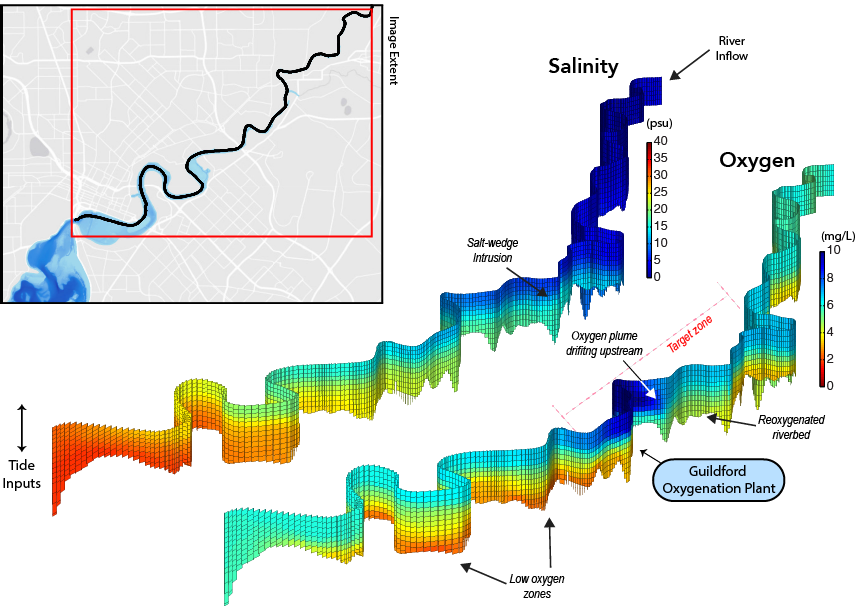This project started in late 2011 to build coupled hydrodynamic-biogeochemical models for the artificially oxygenated zones in the Swan and Canning Rivers. These models aimed to integrate the substantial data sets that have been collected on water and sediment quality in the rivers since the introduction of the oxygenation plants, and provide a predictive tool for management.
Projects

A platform for monitoring the Swan-Canning estuary water quality is currently being constructed and will be online soon! The DBCA-UWA platform will telemeter real-time high frequency (10 mins interval), high accuracy, and high stability water quality sensor data (e.g. temperature, dissolved oxygen (DO), CO2, chlorophyll a, fDOM and electrical conductivity (EC)) for a surface and benthic locations near the heart of the Swan-Canning estuary allowing real-time monitoring of the water quality of the river. More importantly, the high-frequency sensor data will be integrated with our numerical model (AED2-TUFLOW) for calibration and validation, thus achieving a better quantification the estuary metabolism and its controls. This research initiative is funded by DBCA and UWA.
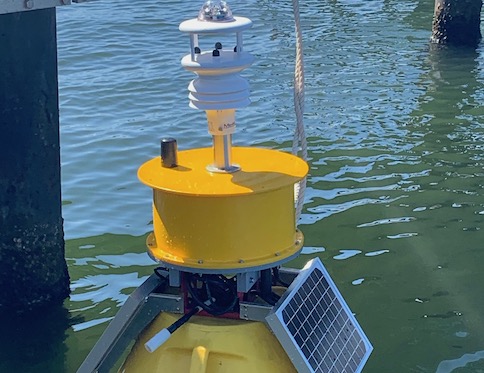
A water quality monitoring buoy was employed at Matilda bay to investigate the benthic metabolism and oxygen dynamics at this site.
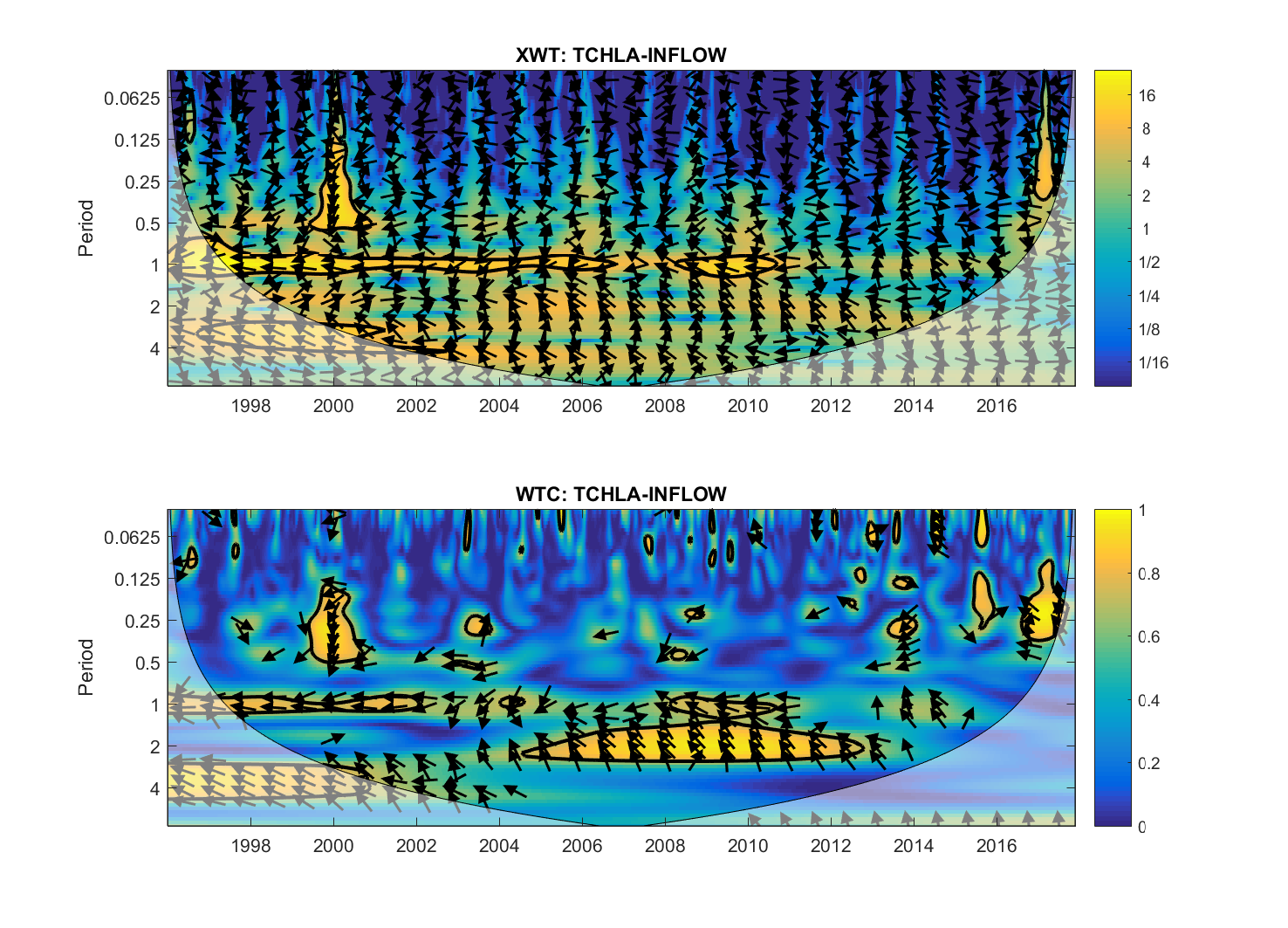
Wavelet coherency analysis of long-term monitoring data in SCE
Wavelet coherency analysis, which compares two wavelet spectra to allow identification of scales and times when time series are experiencing oscillations at a similar frequency of interest and are in effect coupled, was used to understand the relative impacts of declining inflows, altered hydroperiods, increasing urbanisation and continued nutrient discharge on estuarine health. The results indicate there are strong annual patterns in the oscillations of inflow rate, dissolved oxygen (DO) and total chlorophyll-a (TCHLA) at the upstream of Swan River.
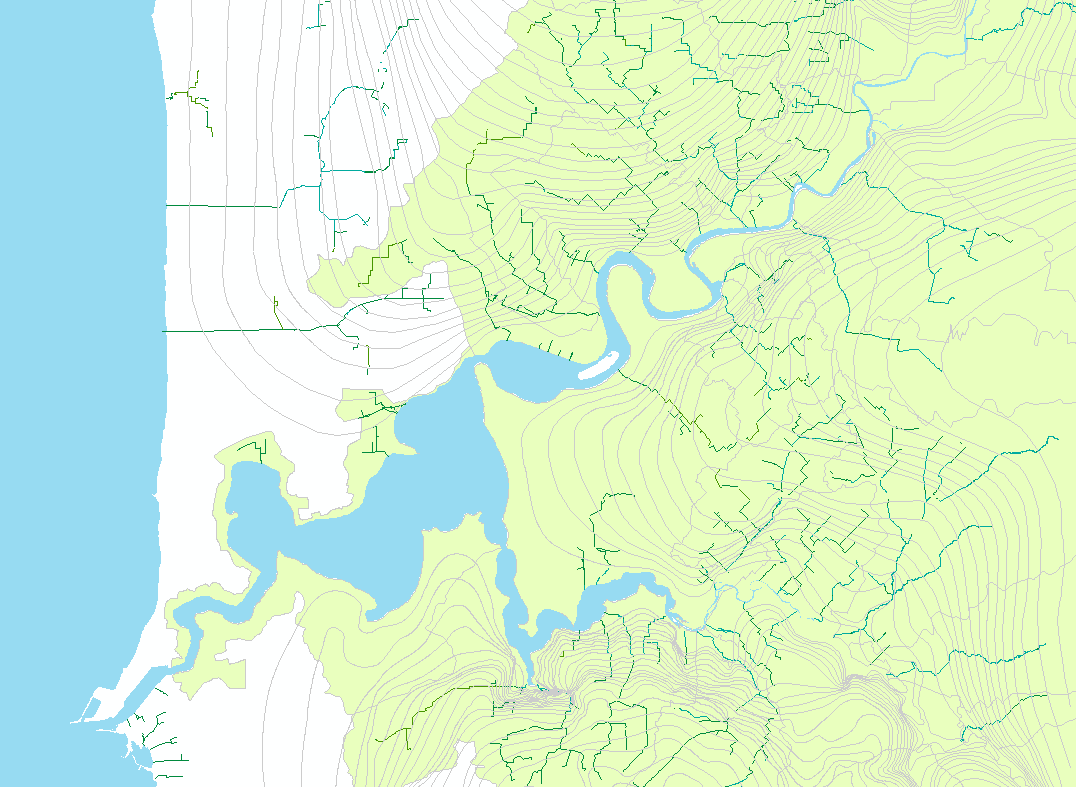
Swan-Canning-Avon catchment study
We are building a model of the whole catchment in order to calculate the inputs to the estuary. The model uses environmental data such as rainfall, potential evaporation and land cover, in order to calculate the surface and groundwater hydrology, and ultimately the nutrient loading to the estuary. In the urban catchments, the groundwater contours, land uses and stormwater drainage network will also be included.
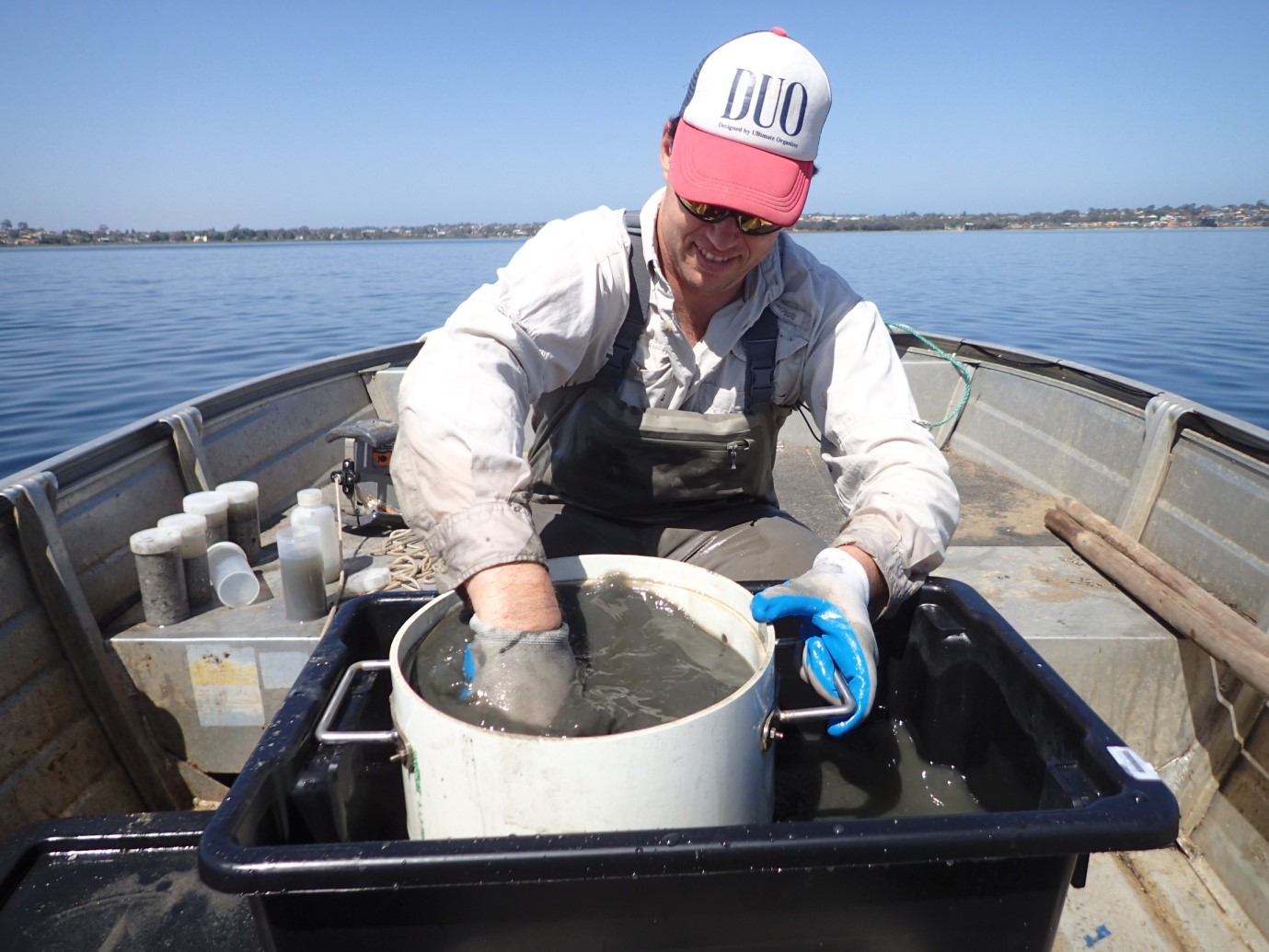
Characterising the shifts in benthic macroinvertebrate assemblages in the Swan-Canning Estuary in relation to changing hydrological and biogeochemical conditions
Benthic macroinvertebrates have been shown to respond relatively rapidly to a range of anthropogenic and natural environmental stressors with changes in their assemblage reflecting both the recent history of stress and more long term changes in environmental conditions, such as climate change, and are well established components of predictive frameworks to assess estuarine ecosystem status. A recent long term study into benthic macroinvertebrates in the upper reaches of the Swan Canning Estuary found that there had been a significant decrease in the numbers of species and densities of benthic fauna in correlation with higher temperatures and salinities along with reduced dissolved oxygen in the deep waters. These changes in environmental variables intrinsically linked to reduced flows in the catchment and are indicative of changes predicted to occur in southern Australian estuaries as a result of climate change. In conjunction with the long term faunal study microcosm trials investigating sediment nutrient flux rates under differing levels of dissolved oxygen have provided new insights to biogeochemical processes in the Swan Canning Estuary. While these trials provided new flux rates for the sediment digenesis model of the FABM-AED framework under both hypoxic and oxic conditions the most influential finding was that nutrient benthic faunal mediated sediment nutrient flux rates under diel oxygen fluctuations cannot be considered just a point along a gradient or continuum in of fluxes between hypoxic and oxic conditions, but its own discrete response. Benthic fauna were also shown to have a greater affect on sediment nutrient fluxes in the upper estuary compared to the estuary basin.
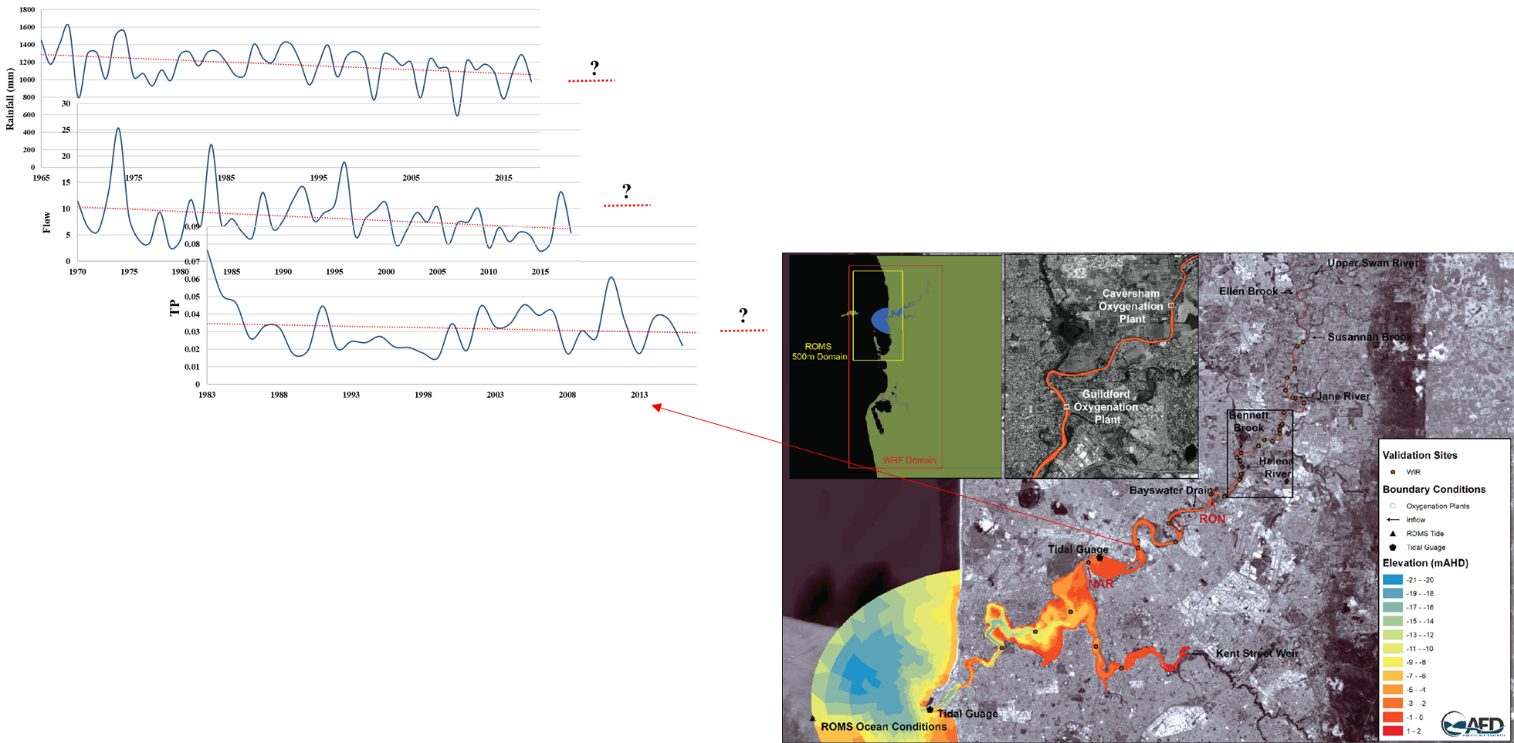
Trend Analysis of water quality driven by climate and land-use
This study will explore an underlying pattern of behaviour in water quality time series by assessing N (TN, DON, NH4, NO3) and P (TP, PO4), SS (TSS, turbidity), pH, EC, and Chlorophyll-a. To make and justify statements about tendencies (pattern of behaviour) in these data, trend estimation can be applied. In the case data can be assumed to be linear, trend estimation can be done by linear regression. If data have a monotonic upward or downward trend (other shapes than linear), trend analysis can be undertaken within a non-linear (Mann–Kendall Test), and additive models (for data change more slowly). In this study, trends will be assessed using the Mann–Kendall trend test, as recommended by the World Meteorological Organization (WMO) as the most effective tool for hydro-climate variables analysis and trend analysis for water quality data. The data will be checked for adequate representation across flow conditions to see if it is biased towards a particular flow category (e.g. low flow-biased sampling).
More projects
For more projects undertaken by the UWA AED Research Group please refered to:
Research projects related to GLM model: click here
Research projects related to AED model: click here
